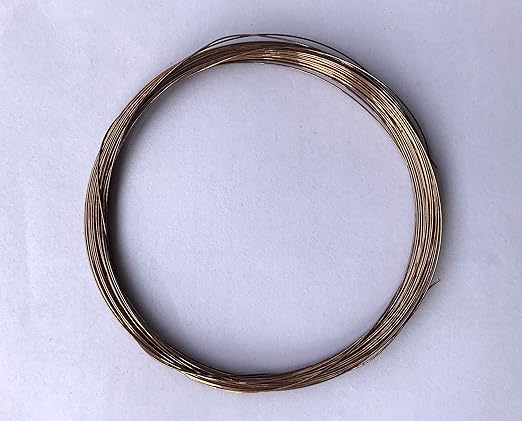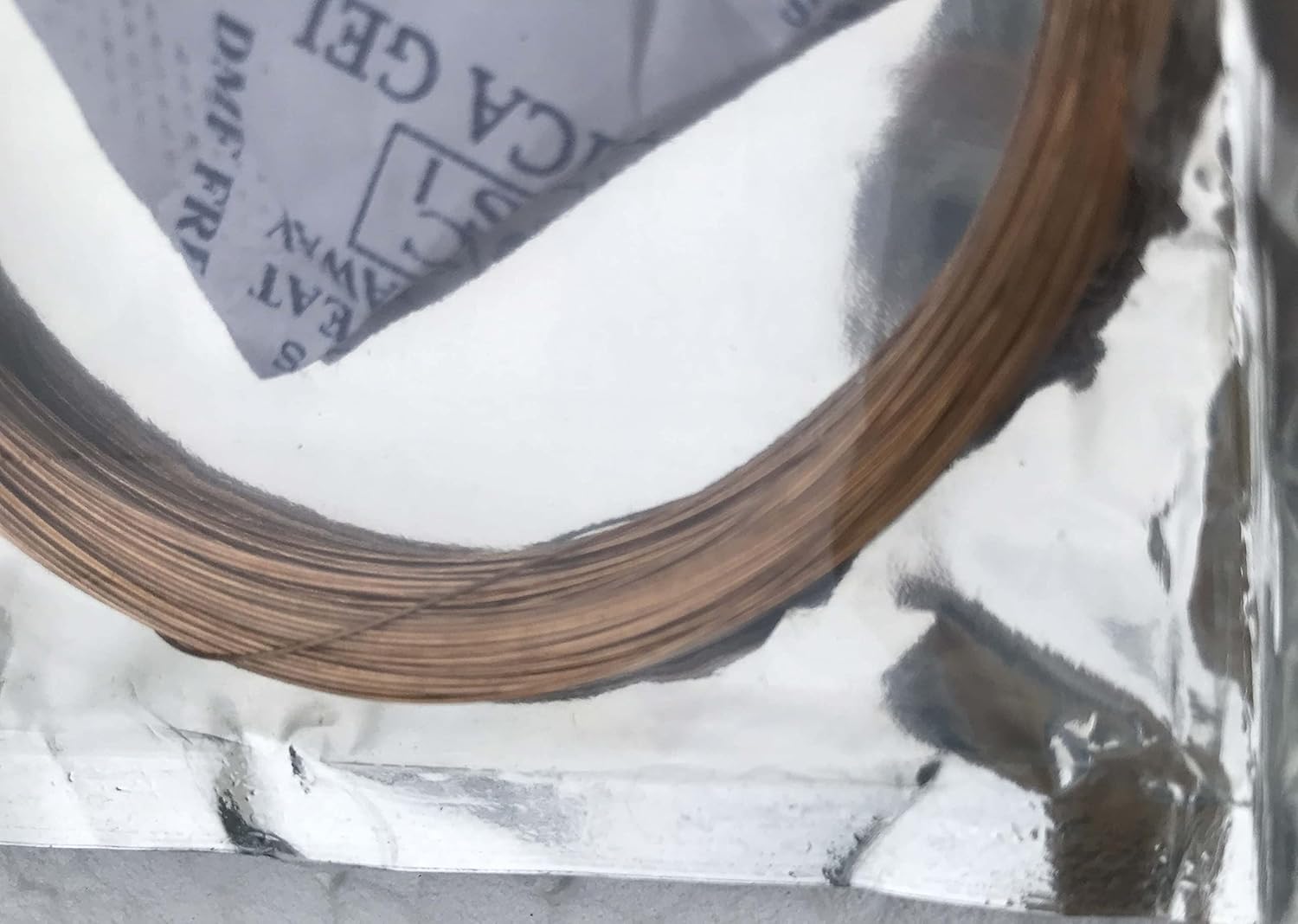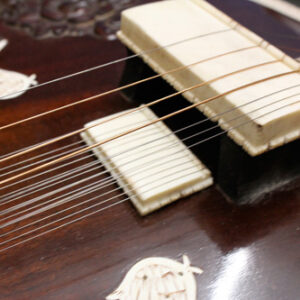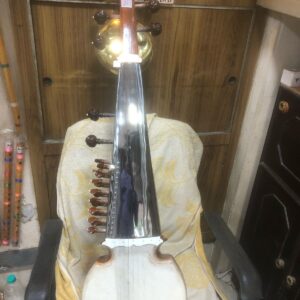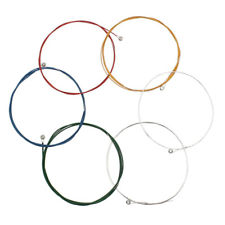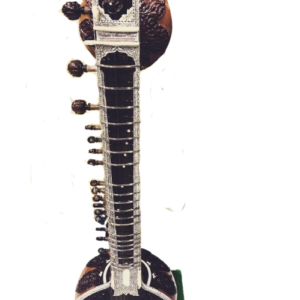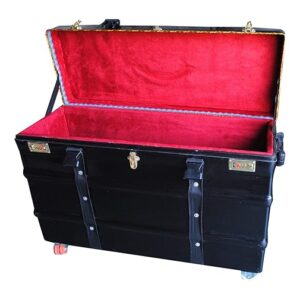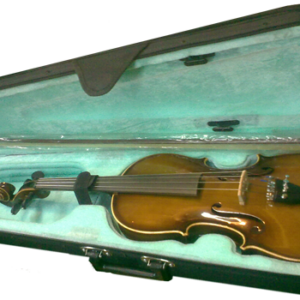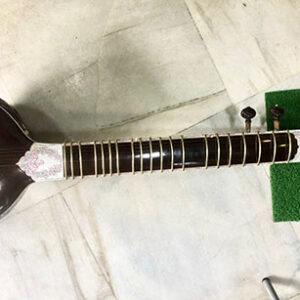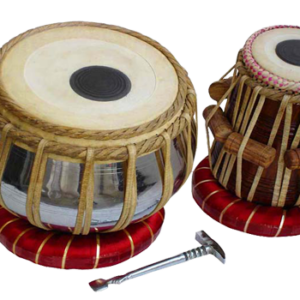Description
Strings (Any 1 Coil)
Special Features:
Professional Quality & Tuned for Classical.
Delivery Time: 7-10 Working Days after Successful Payment.
For More information SMS 6800C Name Email Country and Send to +919830066661
N.B: All prices are inclusive of Shipping (International Air Mode)/ Packing/ Tax/ Insurance. No hidden cost. Read our Terms & Conditions, Privacy Policy and Shipping Policy.
In The Box: Strings (Any 1 Coil)
History (Wikipedia):
From where we get Strings- Small history below:
Our knowledge about the Strings is from Wikipedia. As per Wikipedia, we shared this small history to let our customers know about the Strings history.In music, musicians use long flexible structures called strings on string instruments that produce sound through vibration. Moreover, they hold strings under tension so that they can vibrate freely. In addition, the pitch (frequency) at which a string will vibrate primarily relates to its vibrating length (also called speaking length), its tension, and its mass per unit of length. However, a vibrating string produces very little sound by itself. Therefore, most string instruments include a soundboard to amplify the sound.
Musicians use two main kinds of strings; namely, plain and wound. Specifically, “plain” strings consist of one piece of long cylindrical material, which is commonly made of nylon or gut. In contrast, “wound” strings have a central core, with other material tightly wound around the string.
Prior to World War II, many instruments (including violins and guitars) used strings made from a material known as catgut, a type of cord made from refined natural fibers of animal intestines. However, during the mid-twentieth century, string makers favored steel and nylon strings. Although many musicians still prize catgut today due to its unique sound, the invention of wound strings (particularly steel) marked a crucial step in string instrument technology. Specifically, a metal-wound string can produce a lower pitch than a plain gut string of similar thickness. As a result, this enabled builders to create stringed instruments with thinner bass strings. This provides a basic history of the Strings.

